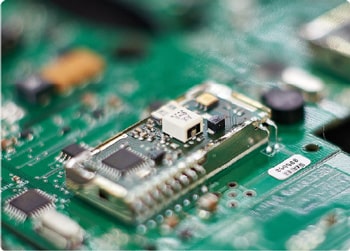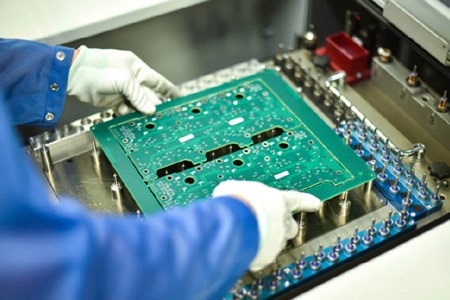PCB surface treatment methods
PCB surface treatment is a key process in PCB manufacturing. It involves applying specific chemical treatments or coatings to the surface of a circuit board to improve its performance and reliability.
What are some common methods used?
And What are the advantages and disadvantages of each method?
What is HASL and its advantages and disadvantages
There are several methods, the commonly used are Hasl, OSP, ENIG. Let’s have a look one by one.
One of them is HASL, or Hot Air Solder Leveling. It is available in lead-free versions, which are compliant with the RoHS directive.
This process involves coating molten tin-lead solder on the surface of the PCB and leveling it with heated compressed air. It’s versatile and suitable for a variety of applications, but not suitable for high-frequency applications.”
The advantages of HASL are long storage time, good pad wetness and copper coverage, mature technology, low cost, suitable for optical examination and electrical testing.
The disadvantages are not suitable for wire bonding due to the natural meniscus of the molten solder, not suitable for capacitive touch switches, and may cause board warping for particularly thin panels.
What is OSP and its advantages and disadvantages
Another method OSP, Organic Solderability Preservative. It’s an anti-oxidation process that preserves the PCB manufacture surface from corrosion by forming a very thin protective layer of material over the exposed copper. It’s more environmentally friendly than standard lead-free finishes.
Advantages: Simple and cheap process, extremely smooth pad surface, lead-free and environmentally friendly, reworkable.
Disadvantages: Bad weather and direct extreme weather can affect its performance, difficult to gauge quality with visual inspection and perform in-circuit testing, short life, high storage and handling requirements.
What is ENIG and its advantages and disadvantages
There’s also ENIG, or Electroless Nickel Immersion Gold. This is a type of surface treatment that involves chemical etching, organic coating followed by baking at high temperature, cationic electroless nickel plating and chemical conversion to Ni/Sn surface alloy.
Advantages: Suitable for horizontal production, suitable for fine line processing, very good flatness, suitable for SMT pcb.
Disadvantages: Need good storage conditions, preferably not more than 6 months to control tin whisker growth, not suitable for contact switch design, the process requirements for the solder mask process are relatively high, otherwise the solder mask will fall off.
It sounds like each method has its own advantages and disadvantages. The choice of method depends on the specific requirements of the PCB application.






